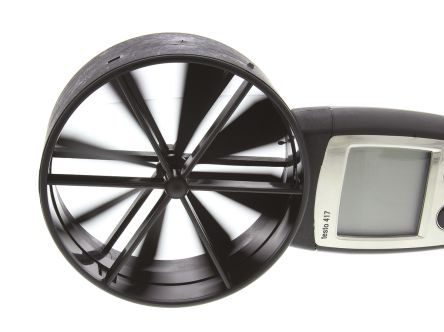Get Tech Tips
Subscribe to free tech tips.
Air Velocity Quick Tips
Recommended Duct Velocities (FPM)
| Duct Type | Residential | Commercial / Institutional | Industrial |
| Main Ducts | 700 – 900 | 1000 – 1300 | 1200 – 1800 |
| Branch Ducts | 500 – 700 | 600 – 900 | 800 – 1000 |
As service technicians, we are often expected to understand a bit about design to diagnose a problem fully. Duct velocity has many ramifications in a system, including:
- High air velocity at supply registers and return grilles resulting in air noise
- Low velocity in certain ducts resulting in unnecessary gains and losses
- Low velocity at supply registers resulting in poor “throw” and, therefore, room temperature control
- High air velocity inside fan coils and over cased coils resulting in higher bypass factor and lower latent heat removal
- High TESP (total external static pressure) due to high duct velocity
Duct FPM can be measured using a pitot tube and a sensitive manometer, induct vane anemometers like the Testo 416, or a hot wire anemometer like the Testo 425. Measuring grille/register face velocity is much easier and can be done with any quality vane anemometer, with my favorite being the Testo 417 large vane anemometer.

First, you must realize that residential, commercial, and industrial spaces tend to run very different design duct velocities. If you have ever sat in a theater, mall, or auditorium and been hit in the face with an airstream from a vent 20 feet away, you have experienced HIGH-designed velocity. When spaces are large, high face velocities are required to throw across greater distances and circulate the air properly.
In residential applications, you will want to see 700 to 900 FPM velocity in duct trunks and 500 to 700 FPM in branch ducts to maintain a good balance of low static pressure and good flow, preventing unneeded duct gains and losses.
Return grilles themselves should be sized as large as possible to reduce face velocity to 500 FPM or lower. This helps greatly reduce total system static pressure as well as return grille noise.

Supply grilles and diffusers should be sized for the appropriate CFM and throw based on the manufacturer's register specs like the ones from Hart & Cooley shown above. Keep in mind that the higher the FPM, the further the air will throw. More mixing will occur via entrainment, but the register will also be noisier.
—Bryan











Comments
To leave a comment, you need to log in.
Log In